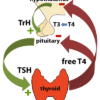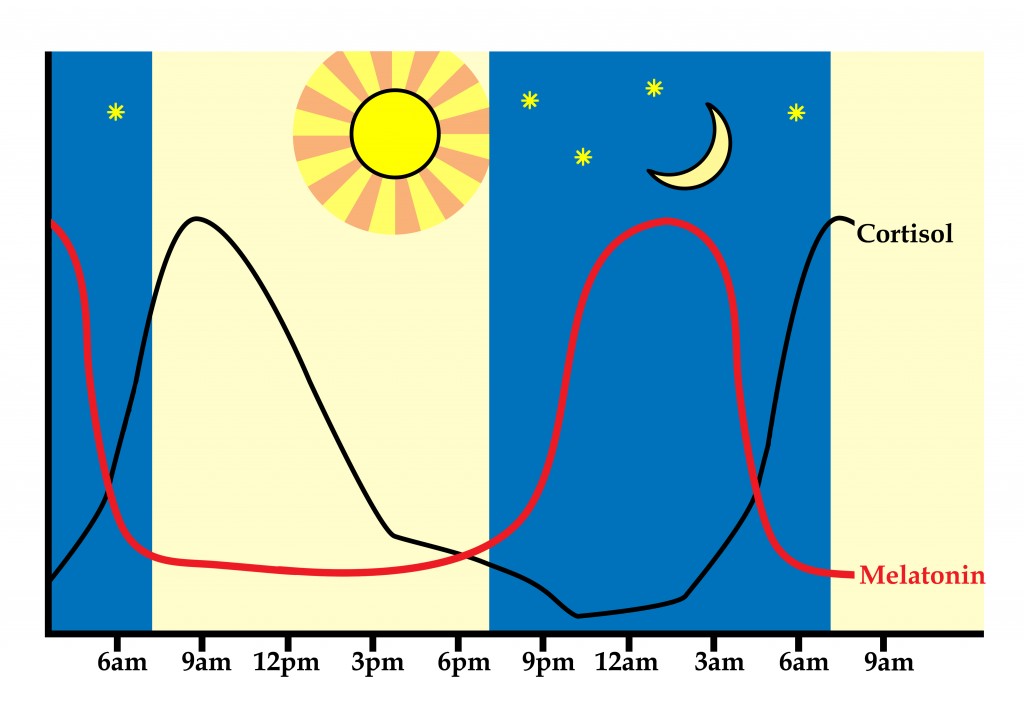Adrenal Profile. Salivary Cortisol x4, DHEA, SIgA (Doctors Data)
$265.00
CPT# Adrenal-A
Adrenal function test
Three key biomarkers:
- diurnal cortisol levels,
- dehydroepiandrosterone (DHEA),
- and secretory immunoglobulin A (sIgA).
These biomarkers are crucial because they reflect the activity of the hypothalamic-pituitary-adrenal (HPA) axis and the immune system. Here’s a detailed look at each component and what they indicate:
- Diurnal Cortisol Levels:
- Function: Cortisol, a hormone produced by the adrenal glands, plays a crucial role in various body functions, including stress response, metabolism, and immune response.
- Normal Pattern: Cortisol levels normally peak in the morning (helping to wake you up) and decline throughout the day, reaching their lowest point at night.
- Indicators of Abnormal Levels:
- Elevated evening or night levels can suggest a disrupted HPA axis, often seen in conditions like chronic stress or insomnia.
- Conversely, consistently low cortisol levels might indicate adrenal insufficiency.
- DHEA (Dehydroepiandrosterone):
- Function: This hormone, also produced by the adrenal glands, is involved in developing male and female secondary sexual characteristics and helps in the regulation of the immune system and metabolism.
- Indicators of Abnormal Levels:
- Low DHEA levels can be a marker of adrenal insufficiency.
- It may also reflect aging, as DHEA levels naturally decrease with age.
- sIgA (Secretory Immunoglobulin A):
- Function: sIgA is an antibody playing a critical role in the immune function of mucosal membranes (like those in the gut, respiratory tract, and saliva).
- Indicators of Abnormal Levels:
- Low levels of sIgA can suggest compromised mucosal immunity, potentially leading to increased susceptibility to infections and may be influenced by chronic stress (since cortisol regulates immune function).
- Persistent low sIgA levels can be a sign of chronic stress or immune dysfunction.
When combined, these tests offer a comprehensive picture of adrenal and immune function:
- Adrenal Function: They can detect conditions like adrenal insufficiency or hyperactivity (e.g., Cushing’s syndrome, characterized by high cortisol levels).
- HPA Axis Regulation: Since the HPA axis regulates cortisol production, abnormalities can indicate stress-related disorders or chronic fatigue syndrome.
- Immune System Status: Given cortisol’s role in immune regulation, abnormal levels can indicate an immune system impacted by stress or other dysregulations.


